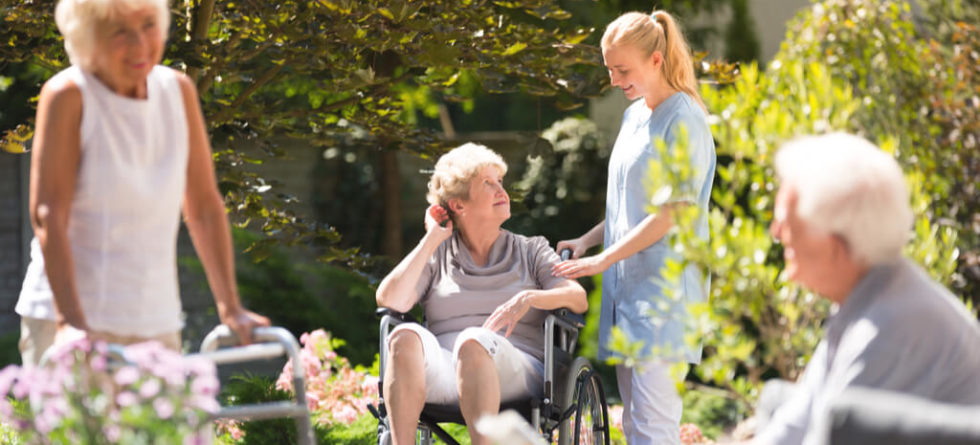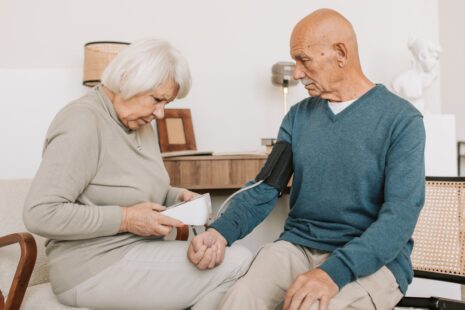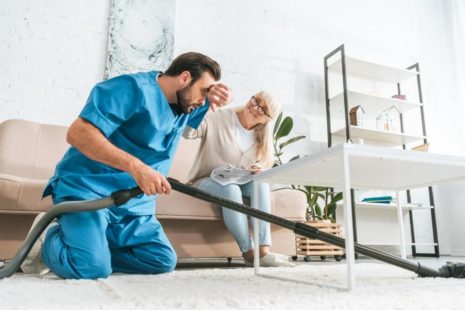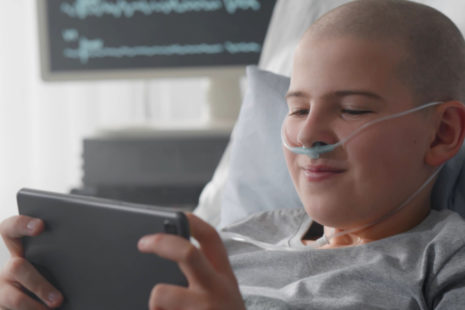Activities of daily living, also known as ADLs, involve routine self-care activities we normally perform independently. However, people with chronic illnesses, injuries, or debilitating health conditions such as dementia often need everyday assistance with basic tasks and activities of daily life. Arthritis in the elderly can also affect their activities of daily living.
A person’s ability to perform ADLs is commonly used as a starting point to help determine their medical status and long-term care needed. People who cannot perform activities of daily living by themselves often need to be relocated to an assisted living facility or nursing home. People who want to age in place but cannot perform ADLs for themselves usually receive assistance with ADLs from in-home providers.
Activities of daily living are important because they involve a person’s ability to dress, use the bathroom, do the housework, prepare meals, take prescribed medications, etc.
Surveys show that over a third of Americans age 65 and older move to a care facility because they are unable to perform ADLs for themselves.
If your loved one needs assistance with ADLs, you may hire licensed in-home health workers to help the person engage in ADLs and support independent living for as long as possible. Most of the in-home health workers are state-certified nurse aids whose services may be covered by the person’s health insurance (which depends on the person’s health care policy).
However, if your loved one can only engage in a few, if any, ADLs, he or she may need to transition to a nursing home where a team of physicians, nurses, and health aides provide nonstop care and supervision.
Long-term care insurance coverage is typically available for persons who cannot perform two or more of the six ADLs.
What are the 12 Activities of Daily Living?
Activities of daily living can be divided into twelve categories, five of which fall under ADLs, and seven are instrumental activities of daily living (IADLs).
The categories of activities of daily living are:
- Personal hygiene – bathing and grooming
- Feeding
- Dressing
- Continence management (toileting)
- Transferring – the ability to change position and walk independently
- Transportation and shopping
- Mental support and companionship
- Managing a household
- Preparing meals
- Managing medications
- Managing finances
- Communicating with others
When You Should Provide ADLs Care to Persons with Dementia?
Dementia involves a group of symptoms that progressively and irreversibly damage a person’s cognitive functions, language, and behavior. The early signs of dementia often develop gradually, so they can go unnoticed for a long time.
The first symptoms of dementia usually include memory loss, confusion, anxiety, poor judgment, and decision-making abilities, displacing things, language and speech difficulties, being repetitive, depression, aggressive behavior, and personality and behavior changes.
As the person’s health condition declines, he or she needs more support from others for performing activities of daily living. At a moderate stage of the illness, your loved one with dementia may become fully dependent on others to help them with activities of daily living. At this stage it is probably not safe to leave the person unsupervised, so you should arrange that your loved one has around-the-clock supervision or consider relocating the person to an assisted living facility.
Why Persons With Dementia Need Help with ADL’s?
Your loved one with dementia may need help with self-care and other routine activities for many reasons. They may not understand why some things need to be done, they may not understand how to perform these activities, or they may have poor coordination and movement issues.
Dementia is a progressive disorder, which means that the person needs more assistance as their health declines. For example, in the first stages of dementia, your loved one may only need to be reminded to have diner. Later, the person may need to be reminded of specific steps in feeding (to open their mouth, chew, swallow, etc.). After some time, the person may not be able to feed themselves, or they may lose interest in eating, so the amount of help they need increases.
How to Help the Person with ADL’s?
Persons with dementia may not understand instructions on how to do something, not recognize objects or know how to handle them, or get frustrated when they struggle with something. It is, therefore, important to stay calm and supportive while you are assisting them.
To help the loved one with dementia with ADLs, plan the activity, and break the tasks into smaller steps the person can understand. Keep your explanation of what needs to be done simple and brief. Avoid giving many choices or asking too many questions. Help the person start the task and show appreciation when they complete the task.
What are the 5 ADLs?
The 5 ADLs involve basic self-care routines that we perform every day. These involve:
- Personal hygiene – bathing, washing hands, washing hair, grooming, oral, and nail care
- Feeding – the ability to feed oneself
- Dressing – the ability to choose and wear the proper clothes
- Toileting – the ability to properly use the bathroom
- Transferring – the ability to change positions and walk independently.
Understanding the level of assistance your loved one needs in each of these categories helps determine the amount of care needed but it also helps determine whether the person is eligible for state and Federally-funded government help.
What is the Difference between ADL and IADL?
IADL stands for instrumental activities of daily living. These routine day-to-day activities are somewhat more complex than ADLs but also affect the person’s ability to live and age independently.
Seven IADLs are:
- Transportation and shopping – how much the person can go around and do shopping without help.
- Mental support and companionship – support and help needed to help the person keep a positive mindset.
- Managing a household – tidying up, cleaning, doing laundry, removing trash, etc.
- Preparing meals – this aspect includes planning and preparing meals as well as shopping and storing groceries.
- Managing medications – getting the prescriptions filled taking medications on time, and keeping them up to date.
- Managing finances – managing bank balances and paying bills on time.
- Communicating with others – interacting with others in person or via mail, text messages, or phone calls.
The assessment of the person’s ADLs combined with IADLs makes an assessment tool that allows you to create a strategy for care and support for your loved one.







